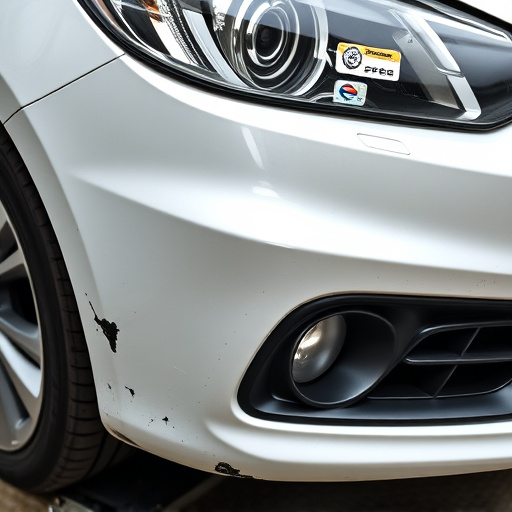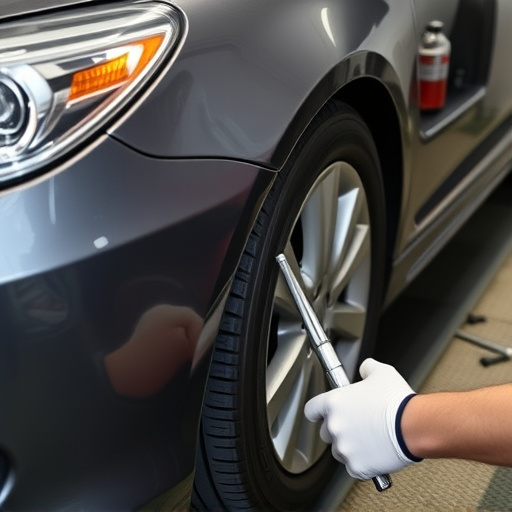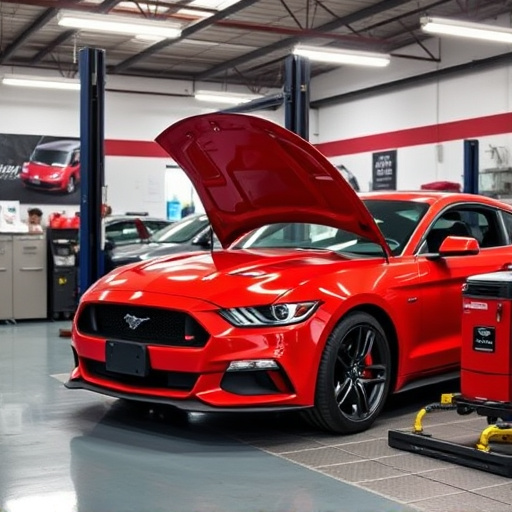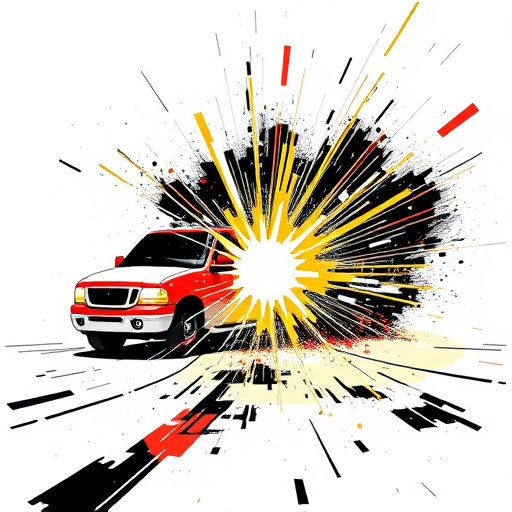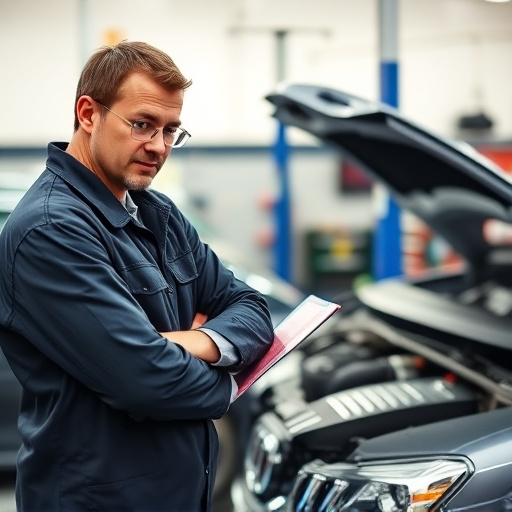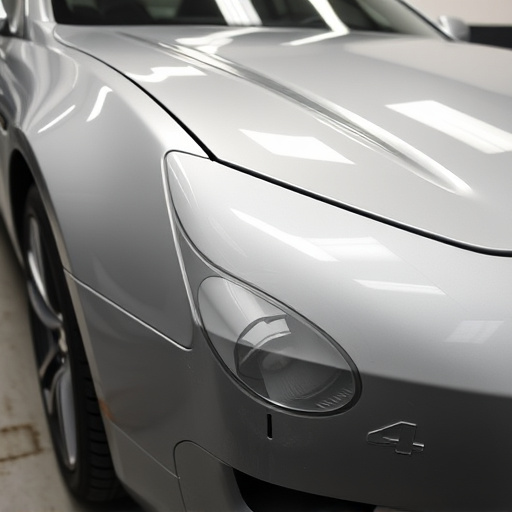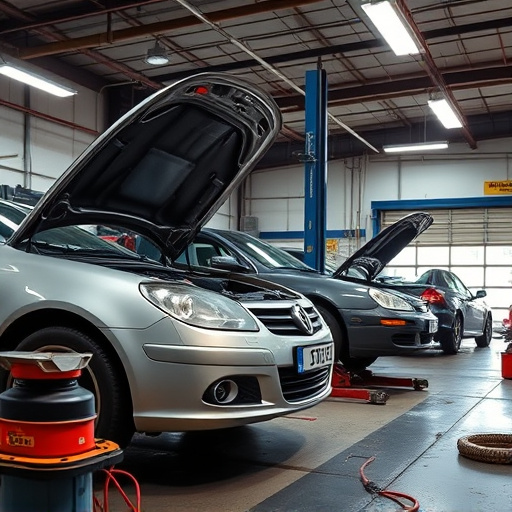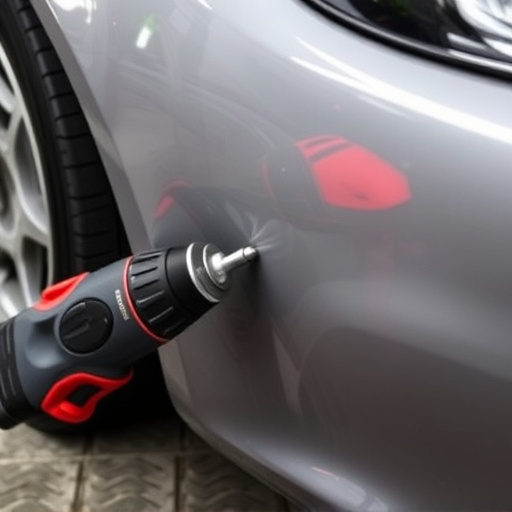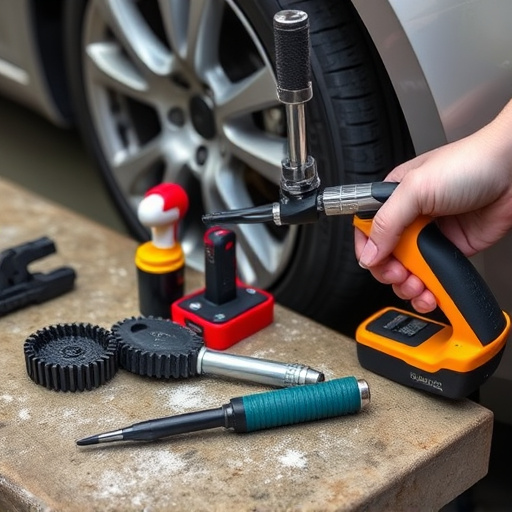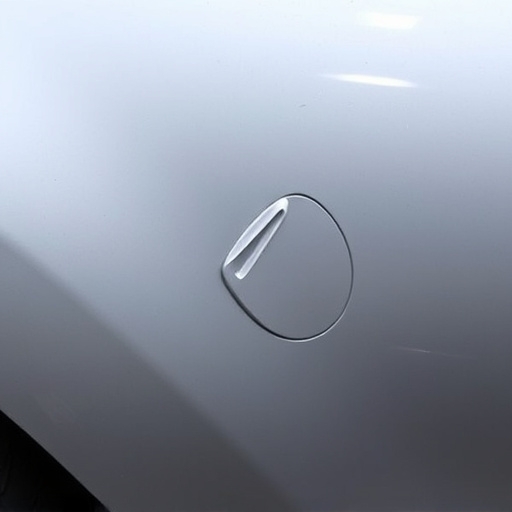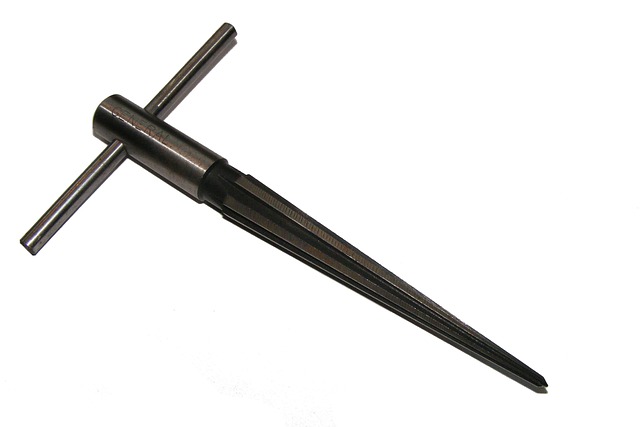PDR quality standards remain essential in 2025 for auto body repair, ensuring craftsmanship and customer trust despite technological advancements. Adhering to these guidelines, even with new methods and materials, protects consumers and maintains industry integrity, fostering confidence in collision repair services.
In 2025, the automotive industry continues its digital transformation, yet the foundational elements of quality assurance remain paramount. This article delves into why PDR (Paintless Dent Repair) quality standards still matter. From their legacy as a cornerstone of excellence to adapting to modern challenges, these standards ensure consumer protection and maintain rigorous craftsmanship. As the industry evolves, understanding and adhering to PDR quality standards foster trust and guarantee superior service.
- PDR Standards: A Legacy of Quality Assurance
- Adapting to Change While Maintaining Rigor
- Ensuring Consumer Protection in an Evolving Industry
PDR Standards: A Legacy of Quality Assurance
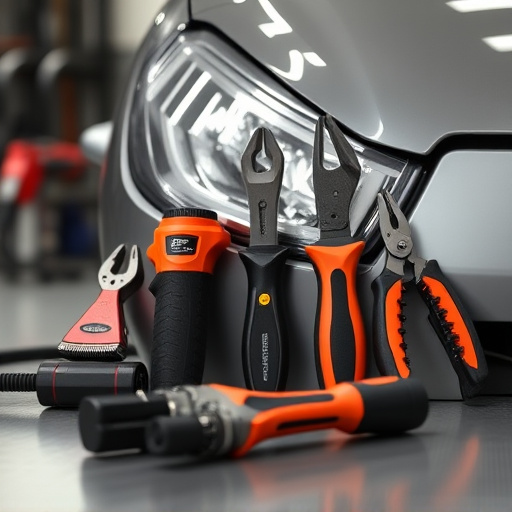
PDR standards have been a cornerstone of the automotive industry for decades, serving as a legacy of quality assurance. Established to maintain high levels of craftsmanship and safety in bumper repair and automotive restoration, these standards continue to be relevant in 2025 due to their enduring focus on precision and customer satisfaction. Mercedes Benz collision repair, a prime example of high-end automotive restoration, heavily relies on adherence to PDR guidelines to ensure every vehicle returns to the road with impeccable aesthetics and structural integrity.
Even as technology advances and new materials emerge, PDR quality standards provide a framework for professionals in the field to excel. They promote consistent results, foster trust between repair shops and their customers, and contribute to the overall reputation of the industry. In an era where vehicle personalization and customization are on the rise, these standards serve as a guide, ensuring that every repair or restoration is performed with meticulous care, regardless of the make or model of the vehicle.
Adapting to Change While Maintaining Rigor
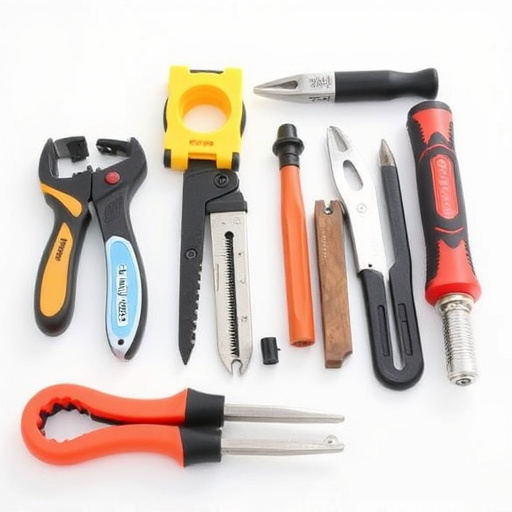
In the ever-evolving automotive industry, where new technologies and trends emerge annually, the need for consistent quality in collision repair remains unwavering. While some may argue that digital advancements and streamlined processes could render traditional PDR quality standards obsolete, the reality is quite different. In fact, these changes demand a more rigorous adherence to established guidelines to ensure safety and customer satisfaction. The auto body shop landscape is dynamic, with ever-complex repairs for both standard and luxury vehicle models, requiring precise techniques and materials.
Adapting to new methods doesn’t diminish the importance of PDR quality standards; instead, it calls for a deeper understanding and integration of these practices into modern repair processes. As the industry navigates evolving challenges, from advanced material properties to rapid technological changes, maintaining rigorous quality standards becomes a cornerstone for success. This ensures that every repair, regardless of complexity or vehicle type, meets or exceeds expectations, fostering trust among customers who rely on top-tier collision repair services.
Ensuring Consumer Protection in an Evolving Industry
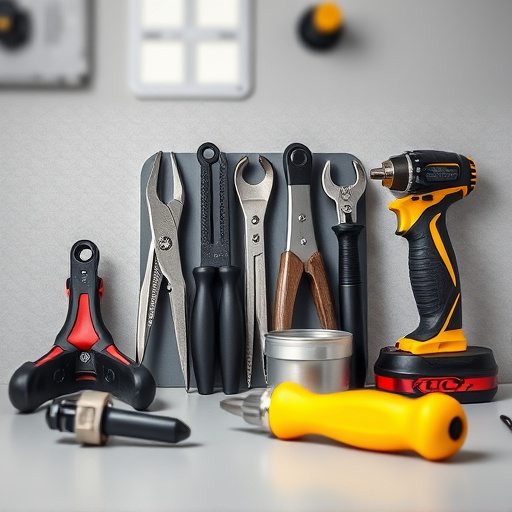
In the dynamic landscape of automotive repair services, where new technologies and methods are constantly emerging, maintaining robust PDR quality standards remains paramount for consumer protection. As we advance into 2025, ensuring that vehicle dent repair processes meet high benchmarks is more crucial than ever. These standards not only safeguard consumers from subpar work but also foster trust in the industry as a whole.
With an increasing variety of car dent removal techniques and tools available, it’s essential to have consistent quality measures in place. This ensures that regardless of the method—be it traditional PDR or newer technologies—the end result is consistently excellent. By upholding these standards, professionals in the field can assure customers that their vehicles will be restored to pre-dent condition, protecting them from potential issues down the line and reinforcing the reputation of automotive repair services.
In 2025, the relevance of PDR (Paintless Dent Repair) quality standards remains unwavering. As the industry adapts to technological advancements and evolving consumer expectations, these standards serve as a cornerstone for maintaining rigorous repair quality and ensuring consumer protection. By embracing change while upholding its legacy of quality assurance, PDR continues to foster trust and satisfaction among customers, solidifying its position as a reliable and efficient solution for automotive dent repairs.


